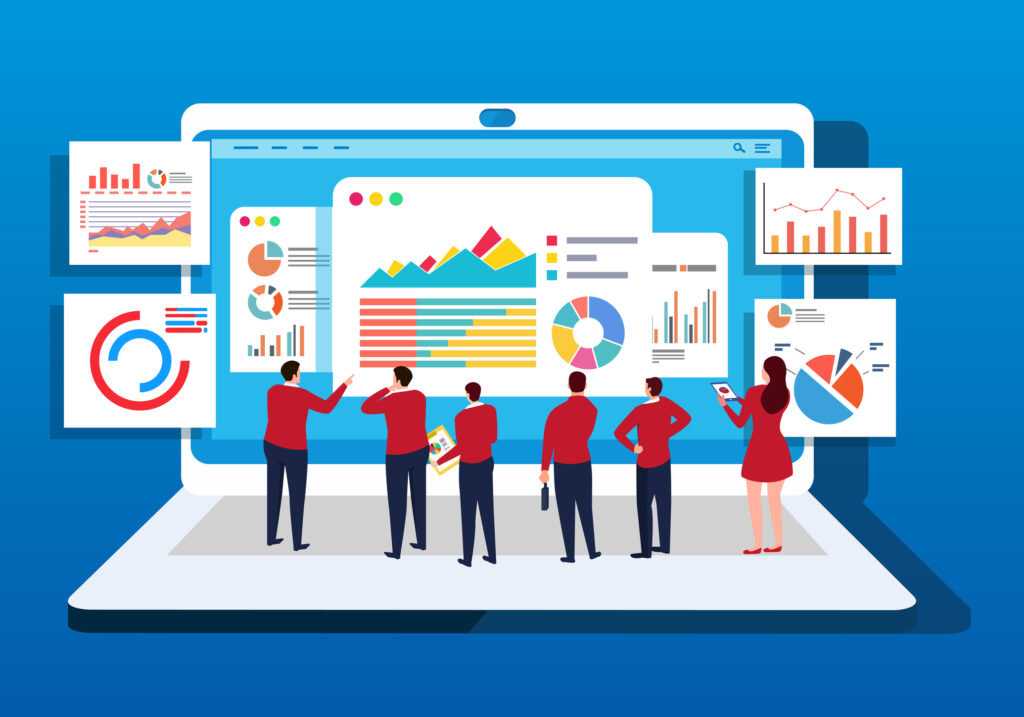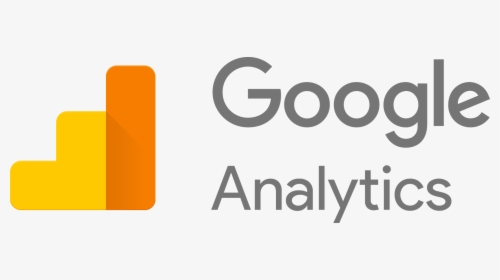Using Data Analytics To Improve Your Business!
Using data analytics to improve your business is crucial! Web analytics are important to grow your online business. Analytics will provide you with visitor data so you can identify what they are doing on your website. There are many web analytic tools you can use to collect website data, which we will cover in this blog!
What Are Data Analytics?
Using data analytics can drastically improve your business. Data analytics is the science of analyzing raw data to make conclusions about that information. Many of the techniques and processes have become automated into mechanical processes and algorithms, which analyze raw data for human consumption.
Data analytics are important because it helps businesses optimize their performances. Implementing analytics into the business model means companies can help reduce costs by identifying more efficient ways of doing business and by storing large amounts of data.
How can data Analytics Improve Business Decisions?
The ability to derive certain metrics or key performance indicators (KPIs) from data can be difficult. With data scattered throughout an organization, getting integrated information in a timely manner can also prove to be problematic. Typically, getting the desired information or insights your business needs to compete often takes too long and requires too much effort.
This is often due to a probable lack of analytics capabilities. The data is readily available; but there is no available tool that provides fast access. If there were, data or business analysts could do rapid, self-service, data visualization and analysis. And again, the data is often scattered, which means staff must first manually gather the data before they can even start their analysis.
For instance, due to the use of multiple sales applications, businesses likely have access to several sources of data, including marketing or financial data extracts in a CSV or Excel file format. They may even pull in additional data that was obtained on an ad-hoc basis from elsewhere. Before conducting any analysis however, the data must be merged, most likely by trying to use a spreadsheet, like a database, and then building metrics or analyses from there.
This data gathering process is much more difficult and time consuming than the actual data analysis. Since it’s also very manual, it’s not repeatable. So you may find yourself processing raw data again three weeks later.
Data Analysis Steps
The process involved in data analysis involves several different steps:
- The first step is to determine the data requirements or how the data is grouped. Data may be separated by age, demographic, income, or gender. Data values may be numerical or be divided by category.
- The second step in data analytics is the process of collecting it. This can be done through a variety of sources such as computers, online sources, cameras, environmental sources, or through personnel.
- Once the data is collected, it must be organized so it can be analyzed. This may take place on a spreadsheet or other forms of software that can take statistical data input.
- The data is then cleaned up before analysis. This means it is scrubbed and checked to ensure there is no duplication or errors, and that it is complete. This step helps correct any errors before it is passed to a data analyst to be analyzed.
Google Analytics
Google Analytics allows you the information needed to help you shape the success strategy of your business, discovering things you probably never knew about visitors on your site. Whether you have an eCommerce site or an informative site, you want to understand the behavior of your visitors to deliver better results
Diagnostic Analytics
This type of data analytics is used to help determine why something happened. Diagnostic analytics reviews data to do with a past event or situation. Diagnostic analytics typically uses techniques like data mining, drilling down, and correlation, to analyze a situation. It is often used to help identify customer trends.

Descriptive Analytics
Similar to diagnostic analytics, descriptive analytics looks to the past for answers. However, while diagnostic analytics asks why something happened, descriptive analytics asks what happened?
Summary statistics, clustering, and segmentation, are techniques used in descriptive analytics. The goal is to dig into the details of what happened. This can sometimes be time sensitive, as it’s easier to do a descriptive analysis with more recent data.
Cyber Analytics
A combination of cyber security skills and analytical knowledge, cyber analytics is a new and rising proficiency within the business and data analytics industry. Cybersecurity threats have escalated in volume and sophistication, while the number of internet-connected devices continues to burgeon. Cyber analysts answer the demand for big data sifters with an I.T. background. Cyber analysts use sophisticated tools and software to pinpoint vulnerabilities and close off attack vectors using a data-driven approach.
Faceless Marketing
Here at Faceless Marketing, we develop engaging websites that speak clearly and directly to your target audience. Our compelling designs showcase your brand personality and key attributes. We build or improve business websites, so they are easy to use, both internally and client-facing. You save time managing your site and take potential customers from interested to engaged.
If your website looks unappealing or outdated, your audience will immediately have a negative impression of your business. They will not find your website appealing, which deters them from your page. You will miss out on leads because they will leave your page for a competitor’s page. Marketing moves fast, but so do we. Our marketing experts have worked with many businesses – large and small to develop their customer base and number of subscribers. Reach out to Faceless Marketing for a quote or FREE consultation. Call 1-800-357-1299 or email info@faceless.marketing and check out our YouTube channel for helpful videos.










